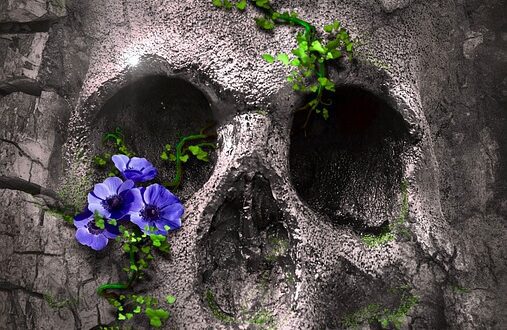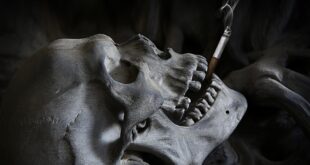The Top 20 Lesser-Known Body Parts and their Functions
Our bodies are full of surprises, and there are many body parts that we don’t know about or ignore. These body parts, though lesser-known, play a crucial role in keeping us healthy and functioning. Here are the top 20 lesser-known body parts, their functions, and why they are important:
1. Toenails
Toenails are often overlooked, but they serve a significant purpose in the body. They protect the toes from injury and keep them from getting infected. They also help with balance and reduce pressure when walking or running.
2. Tonsils
Although the tonsils have a bad reputation as being inflamed and causing a sore throat, they actually play a vital role in the immune system. The tonsils act as a barrier, preventing harmful substances from entering the body.
3. Epiglottis
The epiglottis is a small flap of tissue located at the base of the tongue. Its primary role is to keep food and drink from entering the windpipe when we swallow. Without the epiglottis, we would be at risk of choking on our food and drink.
4. Uvula
The uvula is the dangling tissue at the back of the throat. It is responsible for preventing food and drink from entering the nasal cavity when we swallow. It also helps with producing speech sounds.
5. Gluteal Muscles
The gluteal muscles are the muscles that make up the buttocks. They are essential for standing, walking, and running. They also help stabilize the pelvis, which is important for good posture.
6. Sternocleidomastoid Muscle
The sternocleidomastoid muscle is a long muscle in the neck that allows us to turn our head from side to side. It is also involved in tilting the head and lifting the airway to help with breathing.
7. Thyroid Gland
The thyroid gland is responsible for regulating the body’s metabolism. It produces hormones that control the rate at which our body uses energy. It also plays a crucial role in growth and development.
8. Endothelium
The endothelium is a layer of cells that lines the interior surface of blood vessels. It is responsible for regulating blood flow and preventing blood clots. It also plays a role in regulating inflammation in the body.
9. Adrenal Glands
The adrenal glands are responsible for producing hormones such as adrenaline, cortisol, and aldosterone. These hormones help us cope with stress, regulate blood pressure, and control the balance of salt and water in the body.
10. Popliteal Fossa
The popliteal fossa is a small depression in the back of the knee joint. It contains lymph nodes and blood vessels that provide blood supply to the lower leg. It is also an area of the body where doctors take pulse measurements.
11. Plantar Fascia
The plantar fascia is a thick band of tissue that runs along the bottom of the foot from the heel to the toes. It plays an essential role in supporting the arch of the foot, and it helps us walk and run efficiently.
12. Spleen
The spleen is an organ located behind the stomach. It helps filter and store blood. It also produces white blood cells that fight infection and helps break down old red blood cells.
13. Tepidarium
The tepidarium is a small area in Roman baths that was used for relaxation. It was heated to a moderate temperature and used for warming up the body before entering hotter areas of the bath. In modern times, it is used in some spas as a relaxation room.
14. Pinna
The pinna is the visible part of the ear. It helps collect sound waves and funnel them into the ear canal. It also helps with sound localization.
15. Islets of Langerhans
Islets of Langerhans are groups of cells located in the pancreas. They are responsible for producing hormones such as insulin and glucagon, which help regulate blood sugar levels in the body.
16. Zonule of Zinn
The zonule of Zinn is a ring-like structure that suspends the lens of the eye in place. It is responsible for changing the shape of the lens to help us focus on objects at different distances.
17. Sphincter of Oddi
The sphincter of Oddi is a ring-like muscle at the end of the common bile duct that controls the flow of bile into the small intestine. It helps us digest our food properly.
18. Pia Mater
The pia mater is the delicate innermost layer of tissue that covers the brain and spinal cord. It provides nourishment to these organs and helps protect them from physical damage.
19. Limbic System
The limbic system is a group of brain structures responsible for regulating emotions and memory. It helps us form emotional connections and recall memories.
20. Sternum
The sternum, also known as the breastbone, is a bone located in the center of the chest. It provides attachment points for several of the muscles that enable us to breathe. It also protects the heart and lungs from injury.
So there you have it – the top 20 lesser-known body parts and their functions. These body parts may be less popular, but they are no less important. Understanding these parts and their roles in our bodies can help us appreciate the complex machinery we are.
 Mind Uncharted Explore. Discover. Learn.
Mind Uncharted Explore. Discover. Learn.




